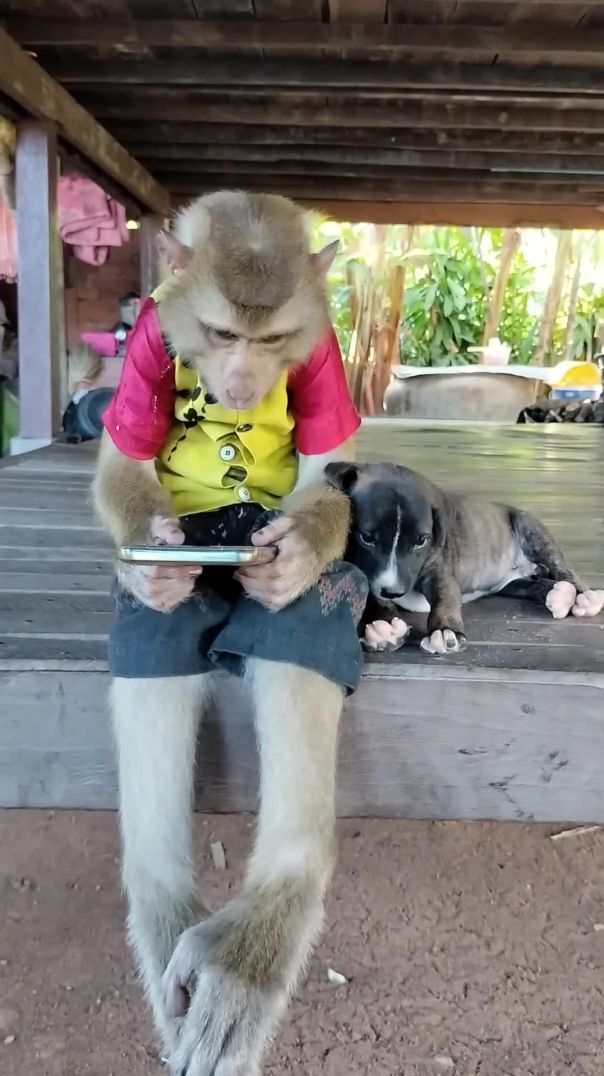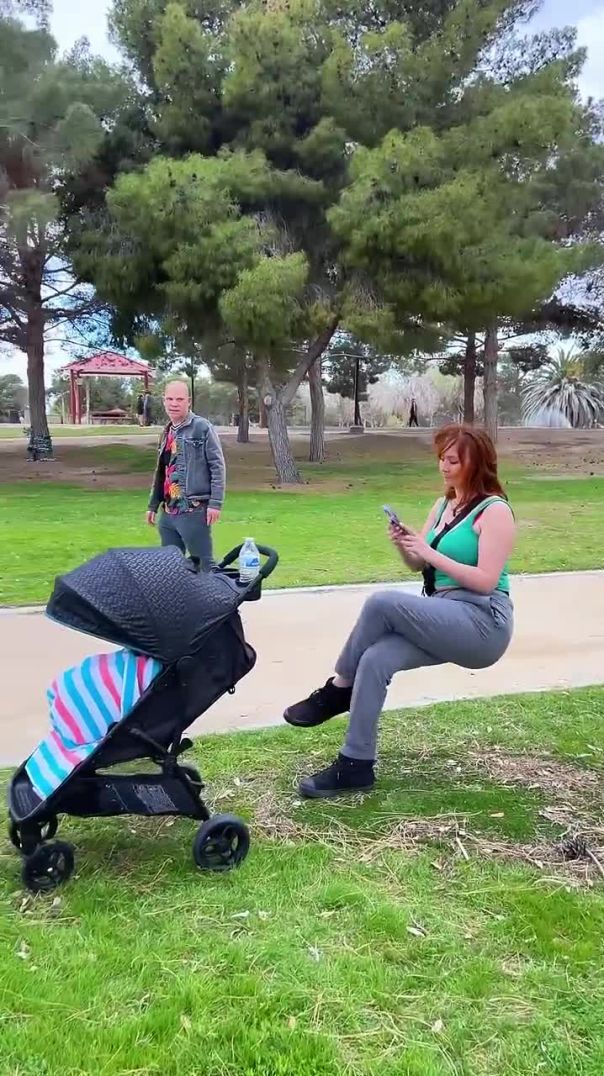10 Views· 26 July 2022
Catching serial killers with an algorithm | Big Think x Freethink
Catching serial killers with an algorithm
Big Think x Freethink
At Big Think, we share actionable lessons from the world’s greatest thinkers and doers. This week, we’re partnering with Freethink to bring you amazing stories of the people and technologies that are shaping our future, from neuroscience breakthroughs to bionics and justice. Catch Freethink’s documentary-style videos right here on our channel all this week.
----------------------------------------------------------------------------------
There are over 250,000 unsolved murder cases in the United States. Thomas Hargrove, cofounder of Murder Accountability Project, wants that number to be as close to zero as possible, and he has just the tool to help.
Hargrove developed an algorithm that, through cluster analysis, is capable of finding connections in murder data that human investigators tend to miss.
The technology exists, but a considerable roadblock that the project faces is getting support and cooperation from law enforcement offices.
----------------------------------------------------------------------------------
THOMAS HARGROVE:
Thomas Hargrove is a retired investigative journalist and former White House correspondent. He founded the nonprofit Murder Accountability Project in 2015 to track unsolved homicides nationwide. While working as a national correspondent for the Scripps Howard News Service, Hargrove developed an algorithm that uses FBI homicide data to identify clusters of murders with an elevated probability of containing serial killings.
----------------------------------------------------------------------------------
TRANSCRIPT:
THOMAS HARGROVE: Whenever I see data, I tend to think in terms of patterns. The real world is following a rather simple mathematical formula. And it's that way with murder. Most people don't realize that we're far less likely to solve a murder today than we were 50 years ago.
My name is Thomas Hargrove and I am the founder and chairman of the Murder Accountability Project. I'm not a police officer. Quite frankly, I am just a nerd. I really know very little about serial killers. I do know what they look like in data.
For 37 years I was a newspaper reporter and it was just the best job there is in the universe. Increasingly, I became known as the numbers guy in the newsroom. We wanted to study why murders go unsolved and why a growing number of murders go unsolved. And the first time I saw the supplementary homicide report by the FBI, my first thought was, I wonder if we could teach a computer to spot serial killers in these data. And the answer is yes.
Years before I had learned of a phenomenon called linkage blindness. The only way the murders are linked to a common offender is if the two investigators get together by the water cooler and talk about their cases and discover commonalities. We contacted the FBI and got every year's worth of reporting back to 1980. I opened it up and looked at row after row of individual murders. It had the victim's age, race, sex, how the victim was killed. We turned that into a nine-digit number, essentially a Dewey decimal system of death.
During the months that I was working on the algorithm, I had over my desk a picture of Green River Killer, Gary Ridgway. He killed 48 women in Seattle in the '80s and '90s. He was looking at me for months and months while I was trying to make an algorithm work. The only way we would know that an algorithm was successful is if it was identifying known serial killers.
What worked was a technique called cluster analysis. And we told the computer to cluster the data. Seattle came up clear as day, something awful had happened, and the algorithm was producing dozens and dozens of other clusters that look just as bad as Seattle that were not known, like Gary, Indiana. There were actually 15 unsolved strangulations of women in the area, including 13 in Gary itself. I contacted the Gary Police Department and gave them my usual spiel. I'm Tom Hargrove. We have a method to identify serial killers. There have been too many unsolved strangulations. What do you know about it? Absolute radio silence. They would not talk about the possibility there was a serial killer active.
In 2014, just next door to Gary, Hammond Police were summoned to a Motel 6. Dead woman in the bathtub. They make an arrest very quickly. Darren Vann started confessing that he had been at this for decades, going back to the '90s. In all, seven women died after we had tried repeatedly for months to get them to consider the possibility that they had a serial killer. This was without question, the most frustrating experience in my professional life. I have absolutely no doubt that many of the unsolved strangulation murders of women in Gary, Indiana are Mr. Vann's handiwork.
We have more than 220,000 unsolved murders in the United States. We've gathered records...
Read the full transcript at https://bigthink.com/videos/ca....tching-serial-killer



























0 Comments